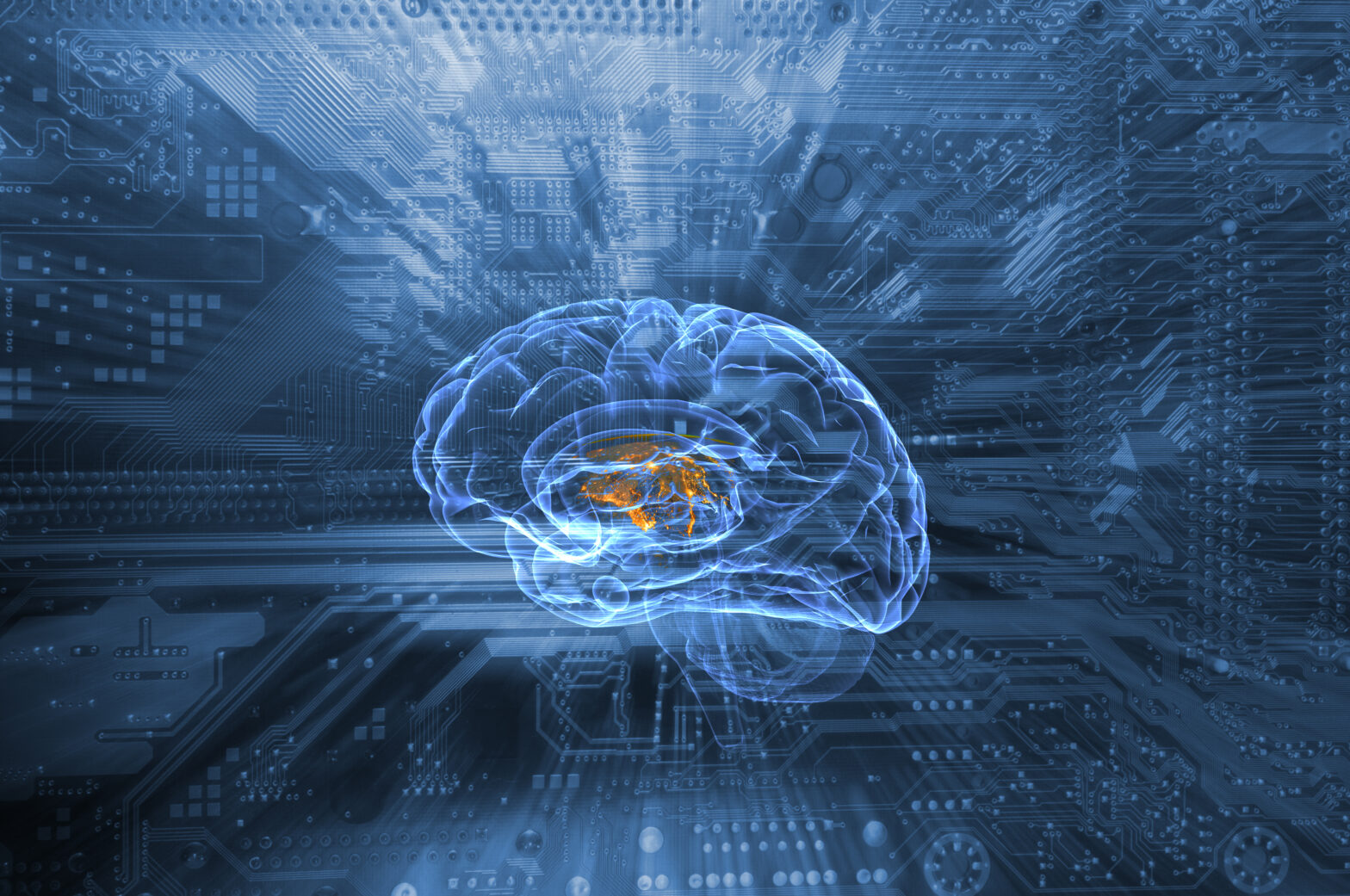The emergence of many artificial intelligence (AI) innovations are now ripe for the picking, and sparking much controversy and debate within global media networks. As businesses navigate this interesting, dynamic and highly unpredictable landscape, many factors have already revealed themselves to us and are understood while other unknown factors still remain points for debate and speculation.
>See also: True AI doesn’t exist yet…it’s augmented intelligence
There is a need to understand the abilities, implications and value that AI and automation can bring to business operations as well as the broader business landscape. But beyond that, we also need to understand the concerns shared by global markets and enterprises. We need to address some of the most common issues and opportunities.
Technological issues
Many organisations share a common concern about the risk factors involved in technical implementation, deployment and maintenance of AI technology. When integrating AI solutions into an RPA platform, the robots become more intelligent and are primed to learn from humans thereby resulting in the continuous optimization of business process efficiencies. Operational elements carried out by robots naturally creates a loss of manual capability, resulting in much of the knowledge and learning residing within the robotic platform.
A practical solution to resolve this concern involves clearly identifying mission critical operational activities and excluding these from initial cognitive automation deployments until the organisation is satisfied that all known risks have been mitigated. Furthermore, it is advisable to scale up AI driven processes over a period of time.
>See also: How AI is changing enterprise sales
In addition, many organisations fear the complexity involved in deploying cognitive RPA capabilities especially regarding multi-tiered process requirements. For example some processes may be simple such as accessing data from various applications while others may be more complex in nature, such as processing, assimilating and interpreting unstructured data.
Continual monitoring, dashboard and control room mechanisms can be very valuable for addressing this concern.
In addition, the RPA architecture should include the careful design of clusters and load balancing. This will enable businesses to deploy and scale up their robotic workforce in less time all the while reducing the complexity experienced.
Growth opportunities
The economics of automation are compelling. The McKinsey Global Institute (MGI) estimates that automation could raise productivity growth globally by 0.8 to 1.4 percent annually as improvements in robotic technologies allow robots to match or even outperform their human counterparts in certain tasks.
As such, the deployment of a robotic workforce brings the benefit of scalability with the capabilities to automate a greater volume of business processes. The robots take away the repetitive, mundane tasks such as copying and pasting data, freeing human employees to deliver their best work by focusing on the human touch.
>See also: AI: from hype to reality in healthcare
Companies that have implemented robotic automation are already reaping the benefits of savings in time and resources. Banca Popolare Di Sondrio, for example, was able to automate how it gathers client data from different platforms, reducing the time it takes to create a financial statement letter from one hour to 10 minutes. Telefonica Spain automated many manual management services, reducing the number of errors and handle time and resulting in a total cost saving of €3M within 24 months. HelpLine automated many repetitive, low-value tasks in its fraud prevention process, reducing handle time by 79%.
Human issues
One of the most common fears is the anticipation of robots taking over human jobs as well as user adoption concerns. This gives rise to bigger issues such as employee morale, increasing the need for change management interventions.
The inclusion of RPA and AI technology largely improves employee morale and performance, provided that adequate user training and enablement is in place. Robotic intelligence should empower and enhance human employees to reach new heights in terms of career growth and job performance. A fulfilled, high performance workforce will naturally enhance and improve customer experience and satisfaction ratings.
>See also: AI in the workplace – what executives need to consider
Future outlook
As robotic intelligence consumes all the minor operational workflows within organisations, humans are empowered to focus on more complex, challenging and value driven tasks. The successful adoption and assimilation of a digital workforce will give rise to a high value, performance driven human workforce. Robotic and AI solutions will most certainly not replace human jobs but will rather trigger significant shifts within the global job market. A new job matrix is starting to take shape and human proficiency, judgement and skill have never been more important.
Although we are in the midst of much uncertainty, what we do know is enough to feel confident about the real future value drivers that AI is set to bring to the global economy.
Sourced by Oded Karev, vice president of NICE Advanced Process Automation Solutions







